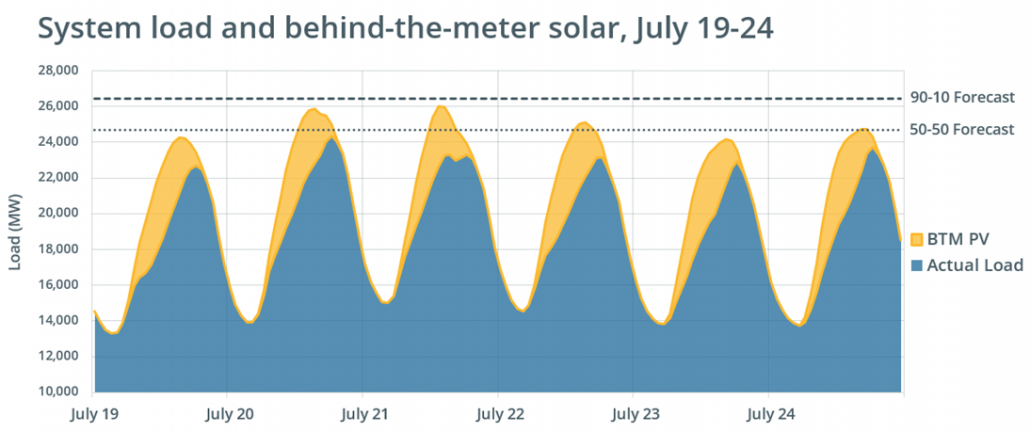Power Contract Prices for Solar, Wind Continue to Rise
By Christian Roselund
Power purchase agreement (PPA) prices for solar and wind continued to rise across the United States during the third quarter of 2022, according to the latest report by LevelTen Energy. The market trading company’s market-averaged national index for solar has now increased 30.03% year-over-year to $42.21 per megawatt-hour (MWh), while its wind index increased 37.4% to $49.66/MWh. These price increases come despite the promise of the Inflation Reduction Act (IRA) to lower prices, an effect that LevelTen says has yet to manifest.
As was seen in previous editions of its PPA Price Index, the prices for solar and wind vary greatly by geography. While solar prices have decreased in New York in recent quarters, the roughly $70 per megawatt-hour price is still roughly double what renewable energy buyers are paying for solar in Texas. And prices for solar have increased during the past few quarters in the grids that cover Texas, most of the Midwest and parts of the East Coast.
Wind prices similarly vary widely by geography, with a roughly $69/MWh average price in California more than double the price in the Midwest and Plains States. These prices have increased in nearly every region from Q2 to Q3, with California, parts of the Midwest, and Texas showing the
sharpest increases.
For both wind and solar, LevelTen attributes these price increases to a combination of inflation, permitting issues, interconnection delays and transmission constraints. The company does not expect near- to mid-term price declines.
One issue identified by LevelTen is a lack of clarity around the details of how to qualify for higher incentive levels through the domestic content bonuses and other bonuses under the Investment Tax Credit (ITC) and Production Tax Credit (PTC). The company notes that developers are still waiting for clear guidance from the Treasury Department to be able to revise contract prices to reflect
the IRA.
Source: LevelTen PPA Price Index (LevelTen Energy)



